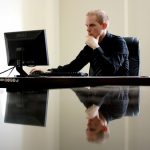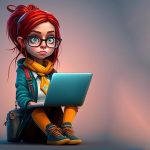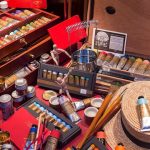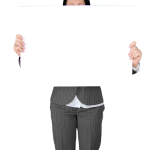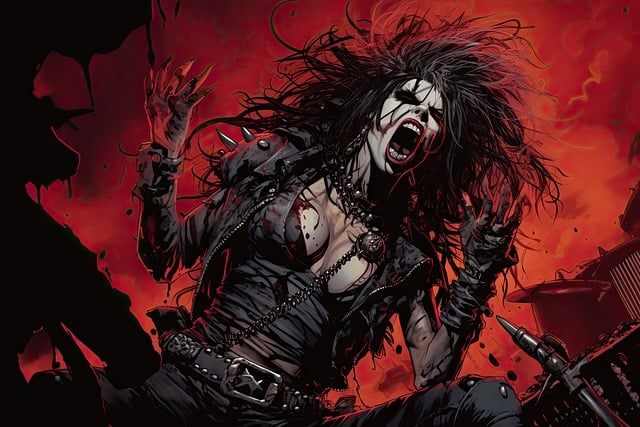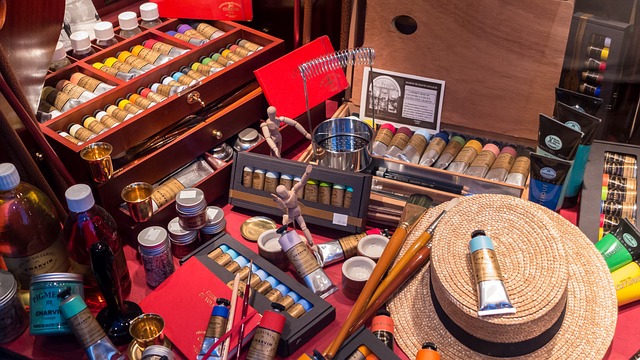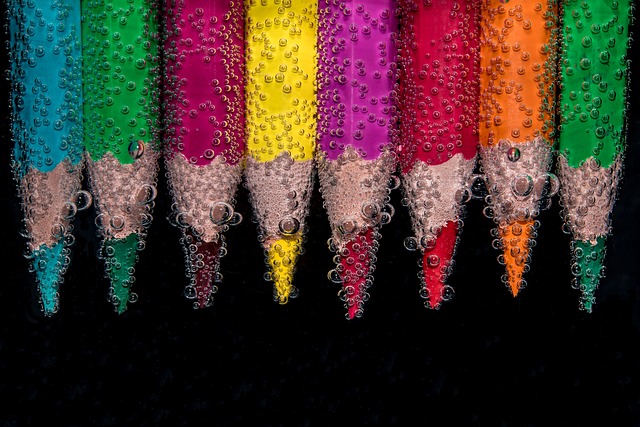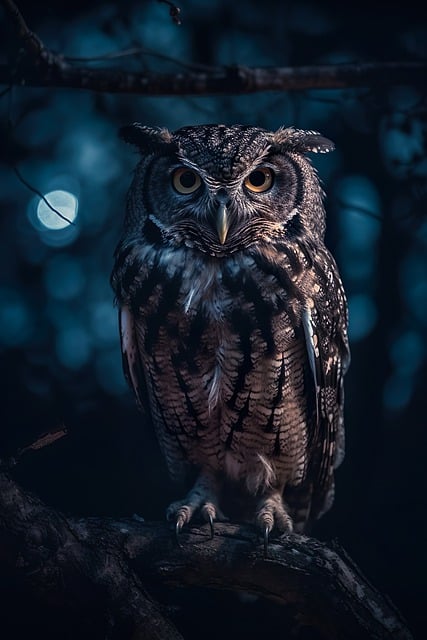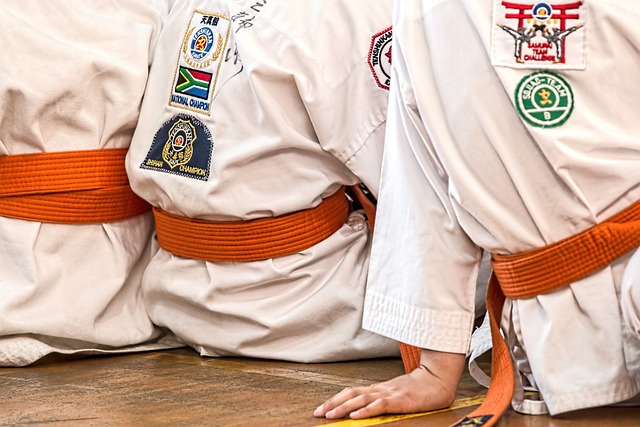Section 1: The Evolution of Art and Artificial Intelligence
Art and artificial intelligence (AI) may seem like two completely different worlds, but in recent years, these two fields have been intersecting and giving rise to a creative revolution. While the concept of AI may evoke images of robots and machines, it is much more than that. AI refers to the ability of machines to replicate human intelligence and perform tasks that typically require human cognition, such as problem-solving and decision-making. On the other hand, art has always been a medium for human expression and creativity. But with the advancements in technology, the boundaries between these two fields have blurred, leading to a new era of art and AI collaboration.
The intersection of art and AI is not a new phenomenon. In fact, the roots of this relationship can be traced back to the 1950s when computer-generated art first emerged. However, it wasn’t until the 1990s that the idea of using AI to create art gained significant attention. This was due to the development of neural networks, a type of AI that can learn and improve from data inputs. With the help of neural networks, artists and researchers began exploring the potential of AI in the creative process, leading to groundbreaking developments in the field of art.
Section 2: AI as a Tool for Creativity
One of the most significant impacts of AI on art is its role as a tool for creativity. With the ability to analyze and learn from vast amounts of data, AI algorithms can generate original and unique artworks. This has opened up new avenues for artists to experiment and push the boundaries of traditional art forms. For example, the AI-generated painting “Portrait of Edmond de Belamy” sold for a whopping $432,500 at Christie’s auction house, signaling the acceptance and value of AI-generated art in the art world.
Moreover, AI has also enabled artists to explore new mediums and techniques. With the help of AI algorithms, artists can create digital art, interactive installations, and even virtual reality experiences. These new mediums not only provide a new canvas for artists to express themselves but also offer a new way for viewers to experience and interact with art. This has led to a shift in the traditional role of the artist, from a creator to a facilitator, as the AI algorithms take on a more active role in the creative process.
Section 3: The Impact of AI on the Art World
The integration of AI in the art world has sparked debates and discussions about the role of technology in art and its impact on the future of the art world. Some argue that AI-generated art lacks the human touch and emotion that traditional art possesses. However, others believe that AI can enhance and complement human creativity, rather than replace it. The use of AI in art has also raised questions about authorship and ownership, as the algorithms used to create the artwork are often created by a team of programmers and not the artist themselves.
Furthermore, the rise of AI in the art world has also led to a democratization of art. With the use of AI, anyone can create art, regardless of their artistic ability. This has led to a more diverse and inclusive art scene, as AI-generated art is not limited by human biases and limitations. However, this also raises concerns about the future of traditional art forms and the role of human artists in a world where AI can create art faster and more efficiently.
Conclusion:
The intersection of art and AI has brought about a creative revolution, challenging traditional notions of art and pushing the boundaries of creativity. While the use of AI in art may be a controversial topic, there is no denying its impact on the art world. As technology continues to advance, it is inevitable that the relationship between art and AI will continue to evolve, leading to new and exciting possibilities for the future of art. Whether it is seen as a threat or an opportunity, one thing is for sure, the intersection of art and AI is here to stay, and it is shaping the future of art in ways we could have never imagined.


